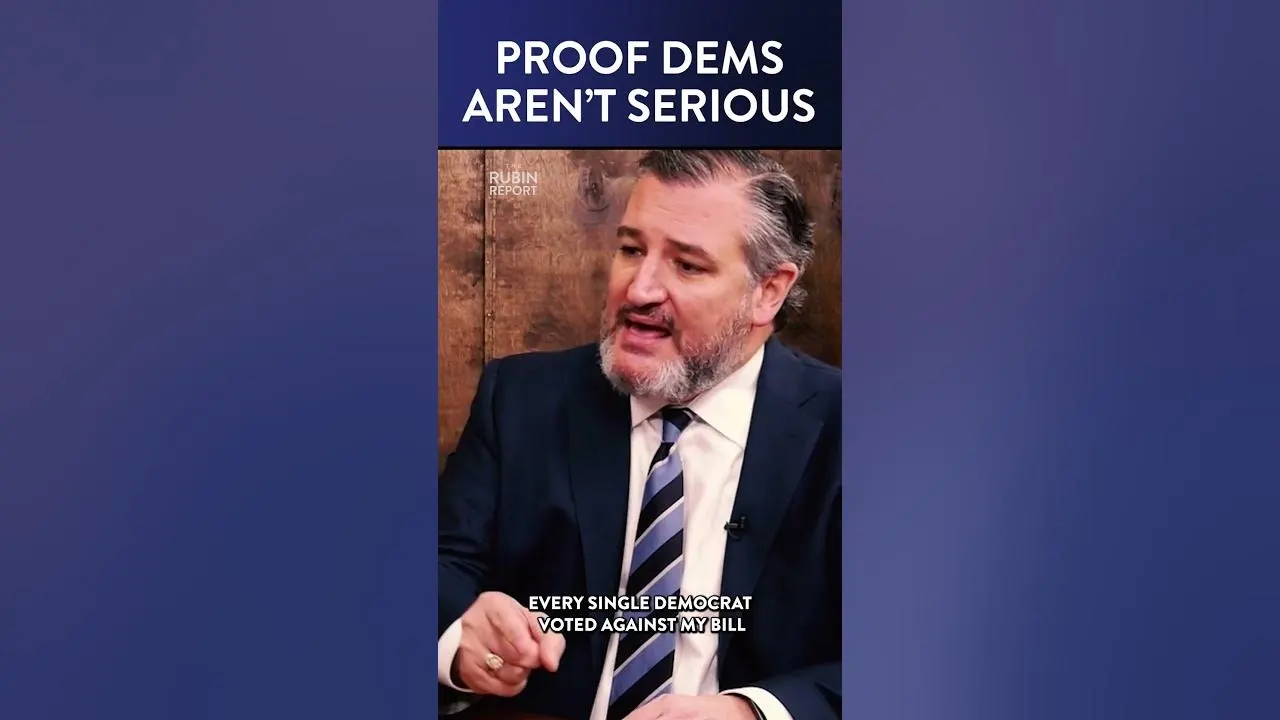

You sound like you are helping prove my point. Children need to be protected. So it makes no sense to prevent the placement of police outside of schools.
The unfortunate truth is that you likely don’t see it that way and will instead try to coerce people to give up their guns.






False dichotomy: The article presents the argument as a binary choice between armed law enforcement on campus and restricting the constitutional rights of law-abiding citizens. This oversimplifies the issue and ignores other potential solutions or approaches to school safety.
Cherry-picked evidence: The article selectively presents examples and studies that support the argument against armed law enforcement on campuses while downplaying or omitting evidence that may contradict it. This creates a biased view of the topic.
Anecdotal evidence: The article relies on specific incidents, such as the Uvalde and Santa Fe shootings, to argue against the effectiveness of armed law enforcement in preventing school shootings. While these incidents are important to consider, they alone do not provide a comprehensive assessment of the issue.
Appeal to authority: The article quotes experts and studies to support its claims, presenting them as the definitive authority on the matter. However, there are conflicting studies and opinions on the effectiveness of armed law enforcement in schools, and relying solely on one set of experts or studies is misleading.
Hasty generalization: The article generalizes from specific cases or limited studies to make broad conclusions about the effectiveness of armed law enforcement in preventing school shootings. This ignores the complexities and variations in different school environments and security measures.
Ad hominem attack: The article includes a statement from Sen. Ted Cruz blaming others for politicizing the Uvalde shooting, implying that his argument for armed law enforcement is driven by political motivations rather than genuine concern for school safety. This attacks the person making the argument rather than addressing the argument itself.
Lack of counterarguments: The article does not present counterarguments or alternative perspectives to the claim that armed law enforcement is an effective tool for keeping kids safe in schools. This one-sided presentation of the issue limits a comprehensive understanding of the topic.
Overgeneralization of research findings: The article cites specific studies to argue against the effectiveness of armed law enforcement in schools. However, it fails to acknowledge the limitations of these studies and extrapolates their findings to make sweeping claims about the overall impact of armed officers in preventing school shootings.
It’s important to critically evaluate the information presented in the article and consider a range of perspectives and evidence before drawing conclusions on the effectiveness of armed law enforcement in preventing school shootings.